alfa
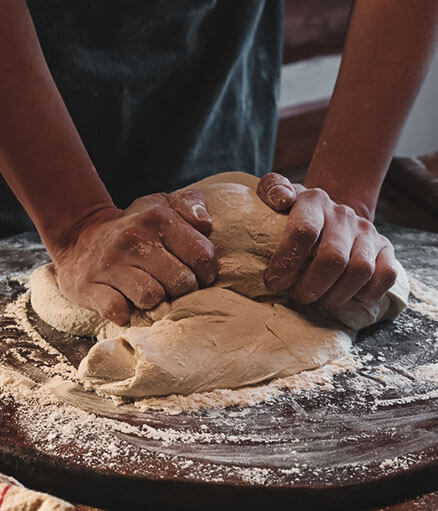
Kneading
ALFA PASTRY’S STORY IS LONG AND SYNONYMOUS WITH PIES IN GREECE. BUT THERE IS AN OLDER VERSION TO THE STORY. IT IS THE STORY OF THE FIRST PIE THAT WAS "KNEADED" ALONG WITH THE EVOLUTION OF MANKIND AND IS AN INDISPENSABLE ELEMENT IN THE DIET OF MANY PEOPLES SINCE ANCIENT TIMES ... LET US DISCOVER IT TOGETHER.

So, the story of the pie starts with the travelers’ need for nourishing and finding nutritious foods, easy to use and transport mostly during long-term maritime trips. The introduction of roasting processed grains, including the production of flour, provided a more reliable source of food.
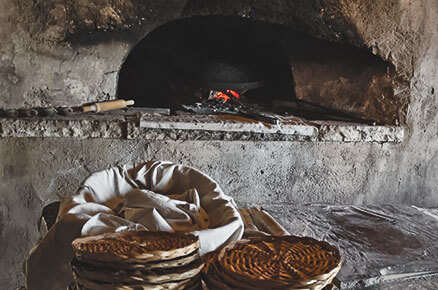
Baking
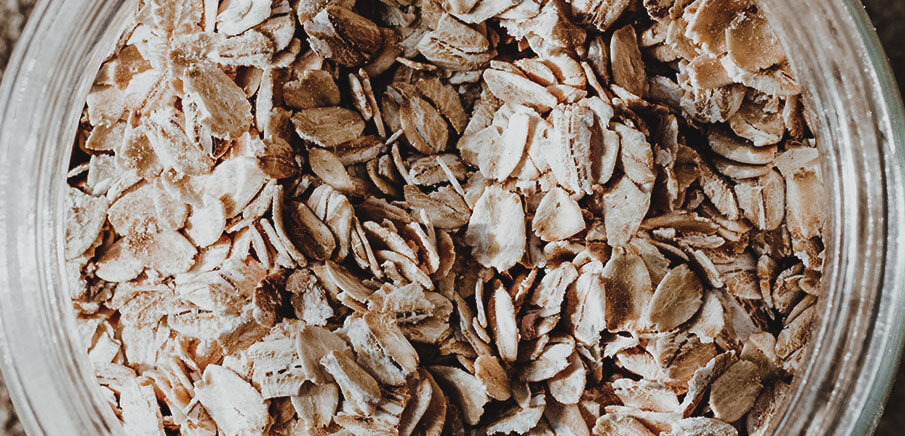
The first pies were wide, round or had irregular in shape, called "galettes" and were essentially a crust made of oats, wheat, rye or barley which also contained honey.
2000 B.C
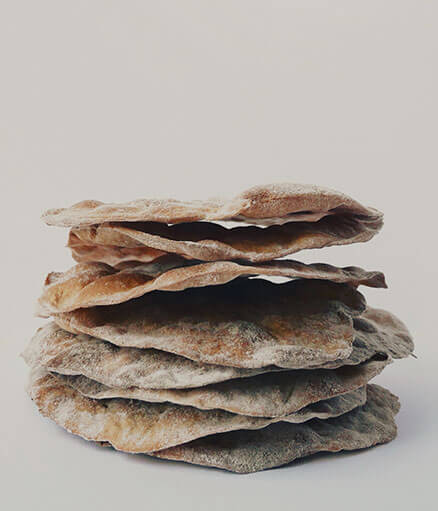
At some point before 2000 BC, the first known recipe for chicken pie was written as it was found, carved on a tray.

Over the years, galettes evolved into a form of sweet dough, a testimony of which can be found on the walls of Pharaoh Ramsey II, who ruled from 1304 to 1237 BC, in the Valley of the Kings.
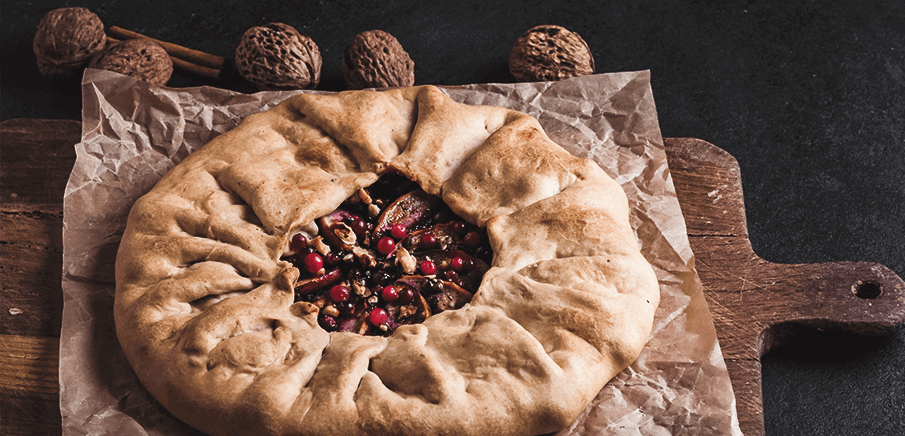
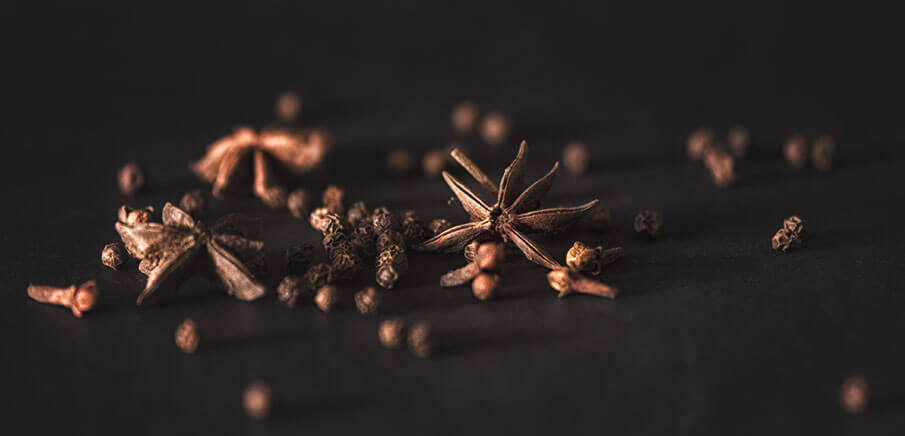
Ancient Greeks, resourceful as ever, put various spices in the dough they made from flour and water to vary the taste of their creations. In fact, there is a preserved text dating back in 430 BC about the first cheese pie, the well-known "bread cheese".
1st Century

It was many years later that we were able to read, in a Roman cookbook of the 1st century, references to pie recipes. The pie was more of a pastry base for the Romans, often used as an offering to the gods because of its nutrition and taste.

With the expansion of the Roman Empire and the improved road and other transport, the pie spread throughout Europe and - naturally - soon became popular with most people on the European continent. Roman cooks, specializing in pie making, made their own dough using olive oil just as it is today.
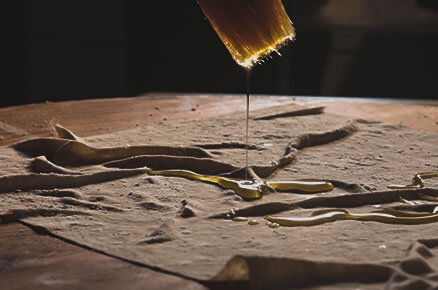
Olive Oil

Up until the early 15th century, pies were mainly savory and contained meat or fish. In the 15th century, however, pies evolved and recipes for sweet pies began to appear with various fruits, dried or fresh.
1950
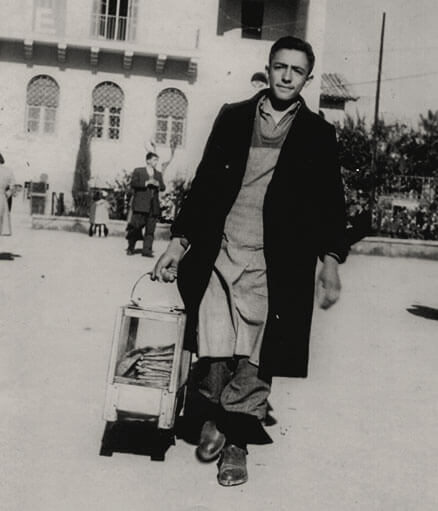
Thanassis Koukoutaris
In the 1950s, after World War II, the popularity of pies had recovered throughout the Western world, having declined sharply in previous years.
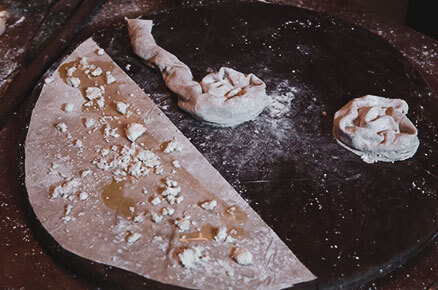
At that very moment, in the beautiful city of Kozani, someone begins to "knead" his dream. In 1950, Mr Thanassis Koukoutaris, at less than 15 years old, starts making traditional Kozani “kihi” pies at home with the help of his mother. The years after the war were very difficult. This did not deter little Thanassis, who decided to sell this favorite and affordable food in his village square.
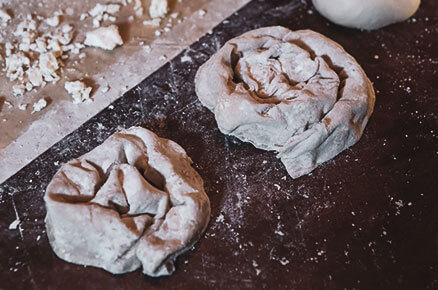
Kihi Pie
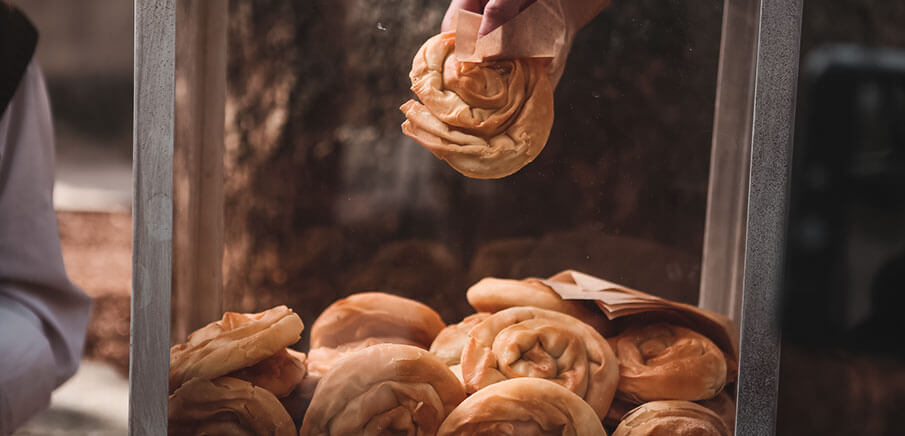
Until 1965, when he officially founded alfa pastry, the hero of our own story did not stop working stubbornly and patiently, and would not return home unless he had first sold all his pies.
1980
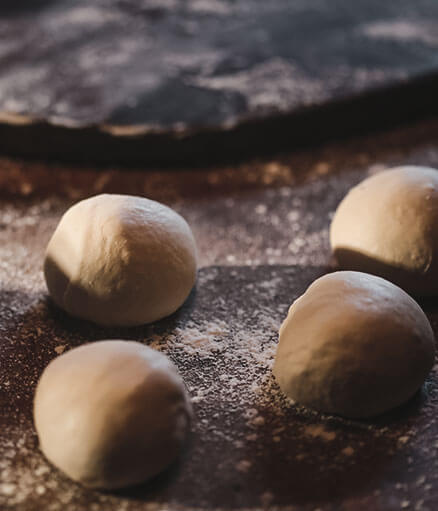
New era
Thirty years later, in 1980, the time had come for the pie to be born again, to revive its lost, traditional recipes. This is when Mr. Koukoutaris takes the next step.
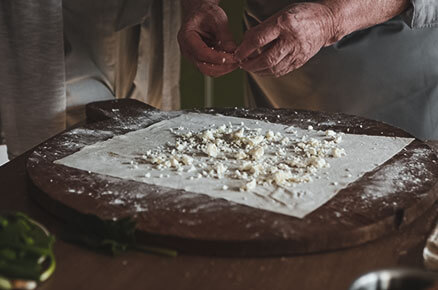
He successfully followed the "current" that defined global trends in the pie category, he listened to the wishes and needs of the public for a traditional and delicious food and, thus, began mass pie production entering almost every home in Greece with his unique, handmade delicacies.
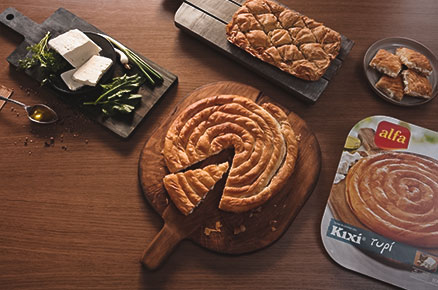
In every home

The story of alfa pastry, from the very beginning when Mr. Thanassis was still a child, was perfectly in tune with the market trends, not only of Greece but also of the entire world.
THAT IS WHY IT CONTINUES, EVEN TODAY, AND BECOMES "THE STORY OF OUR LIVES".




